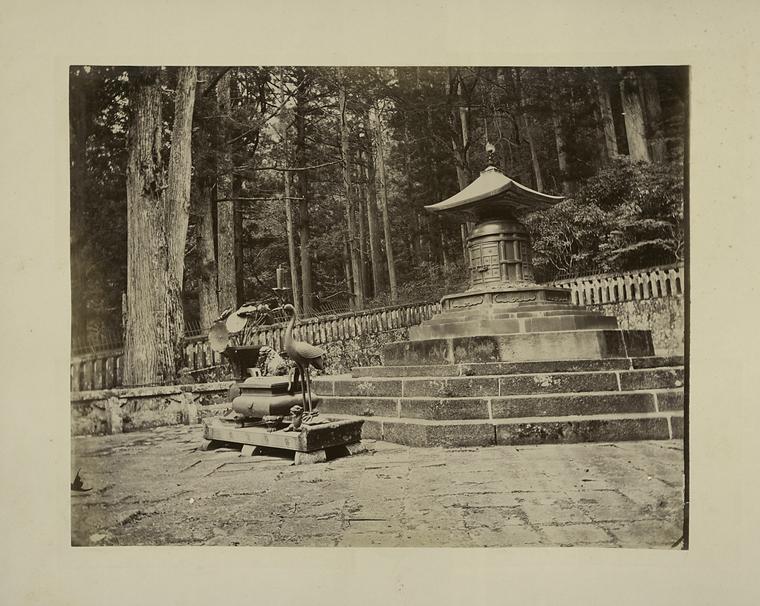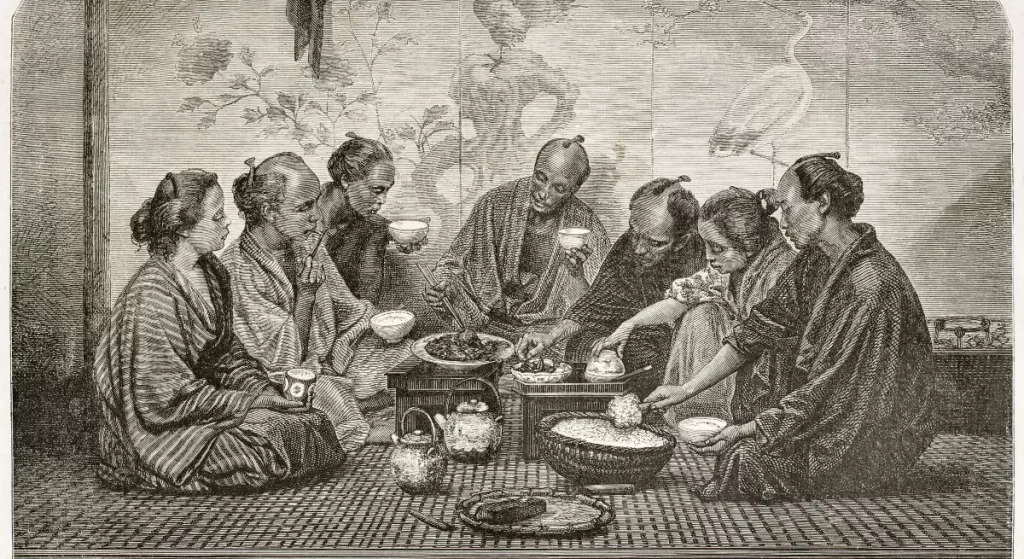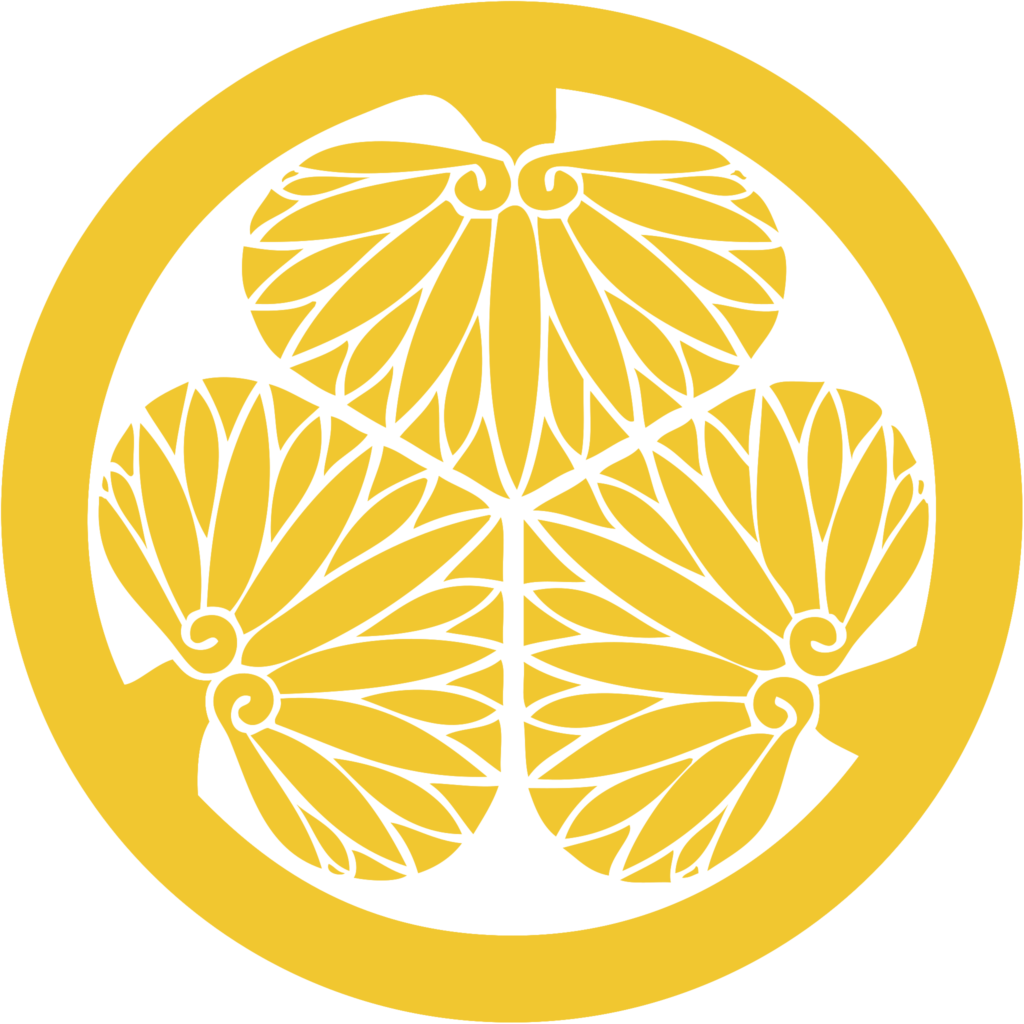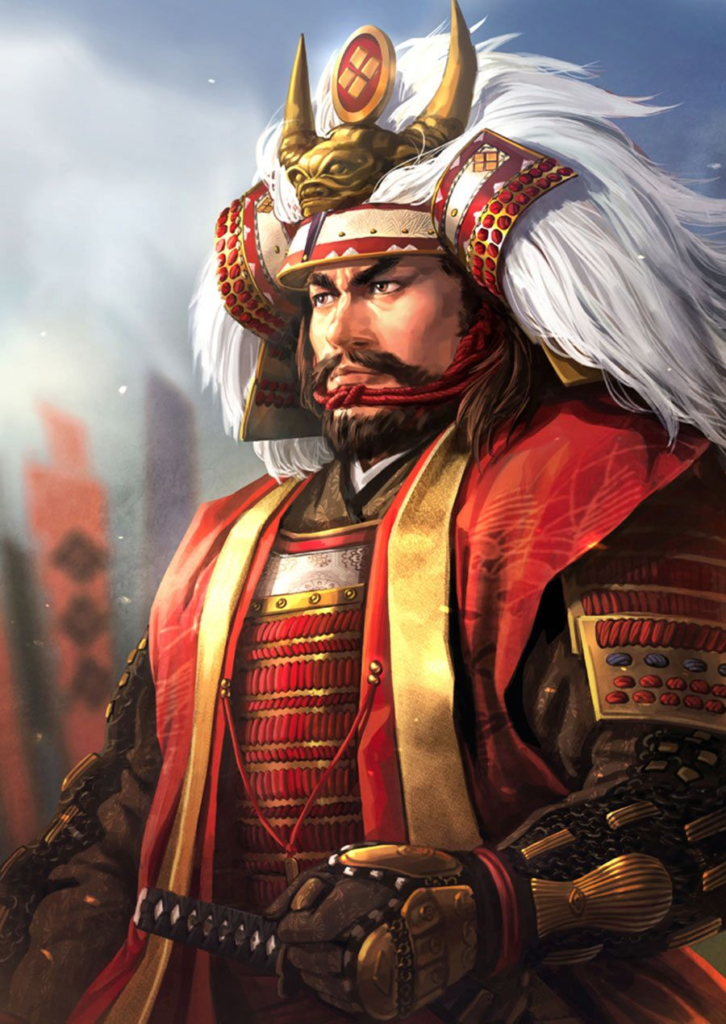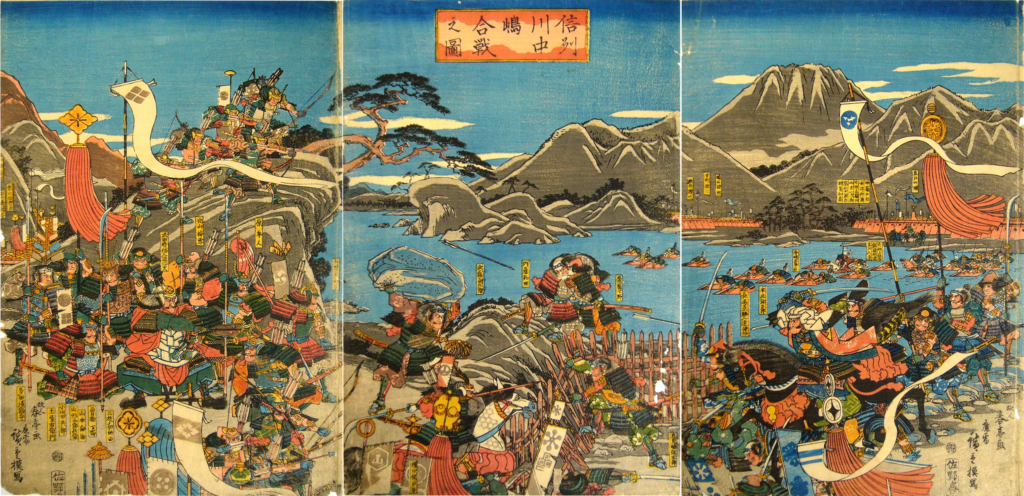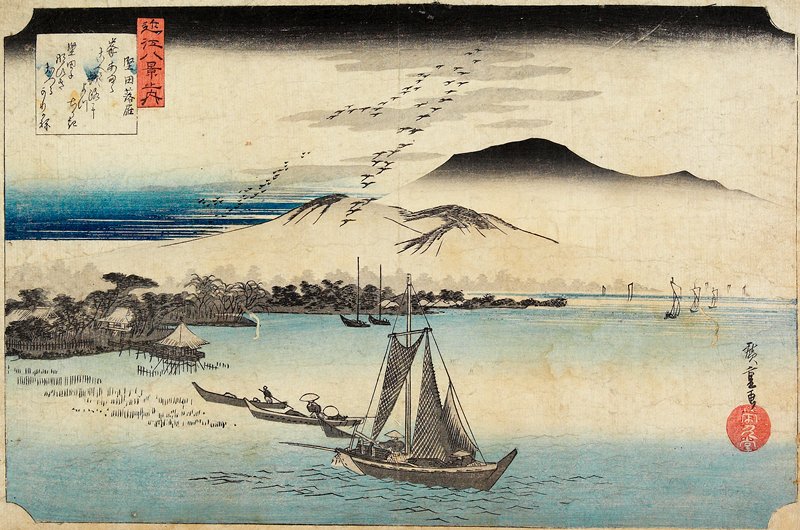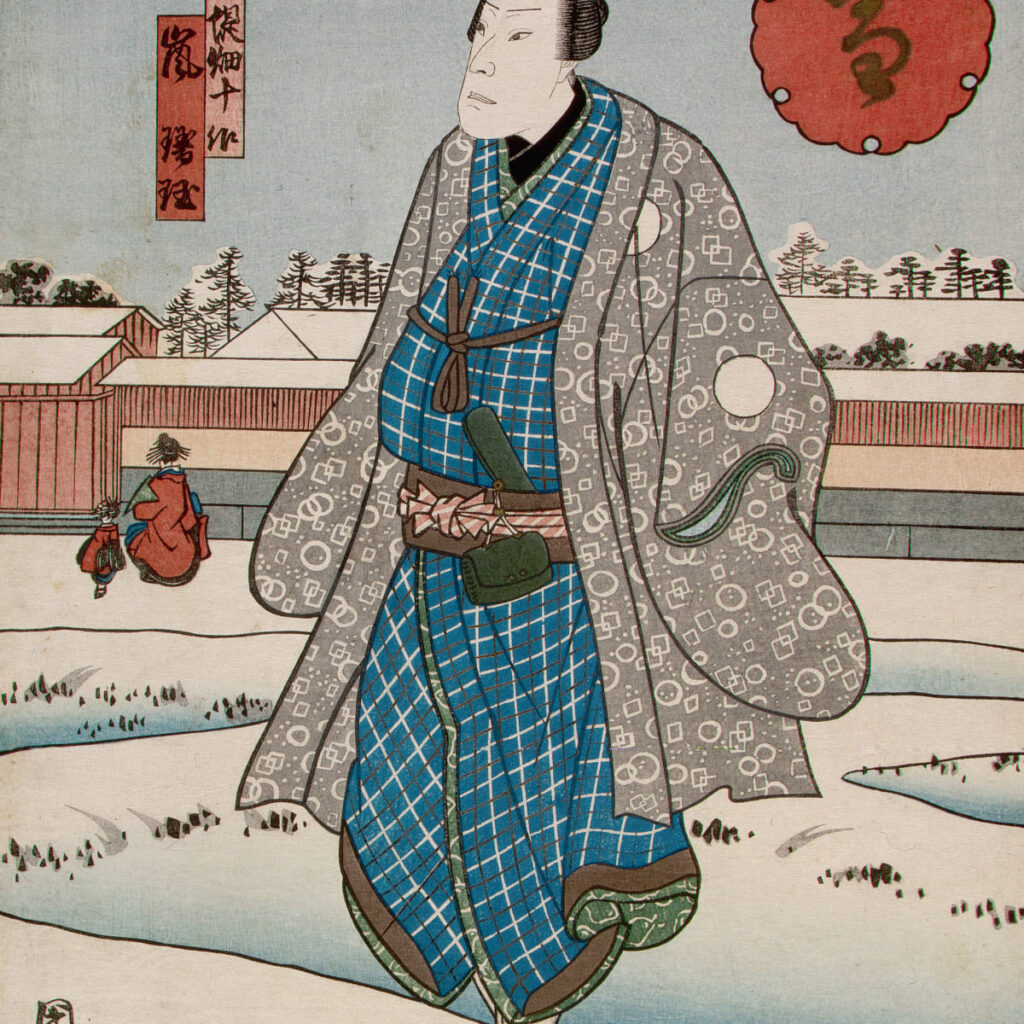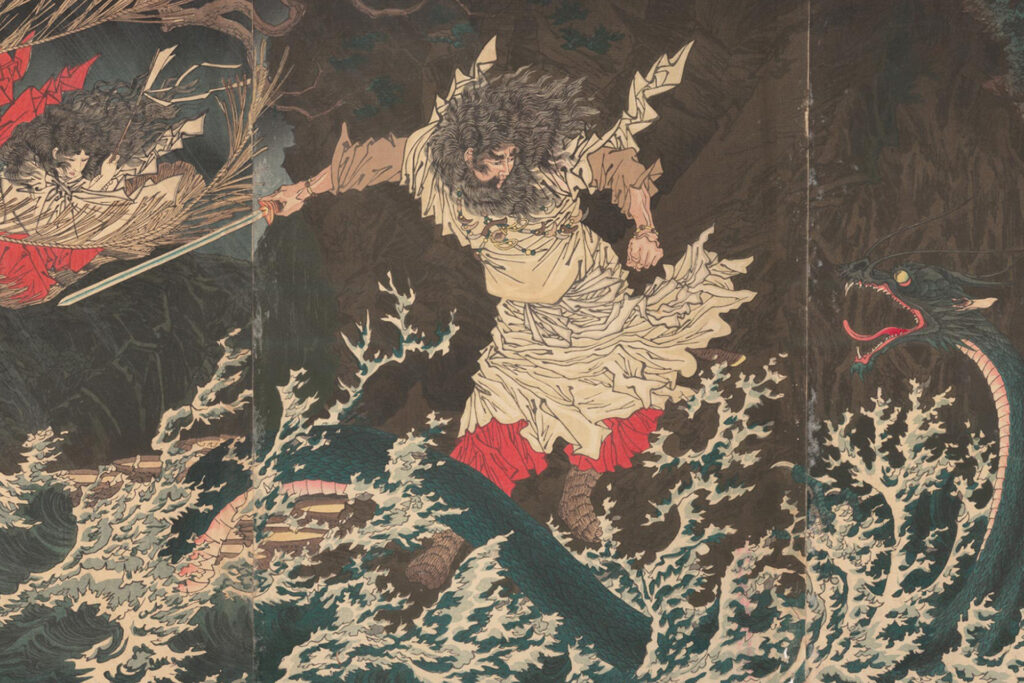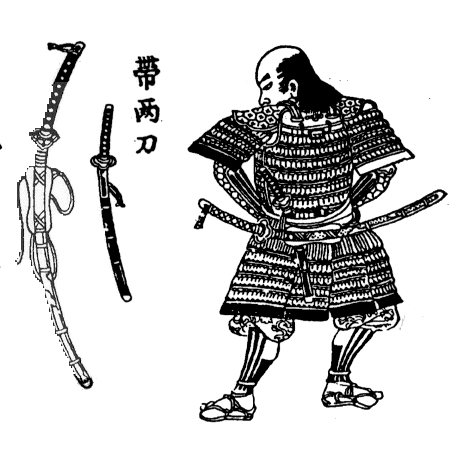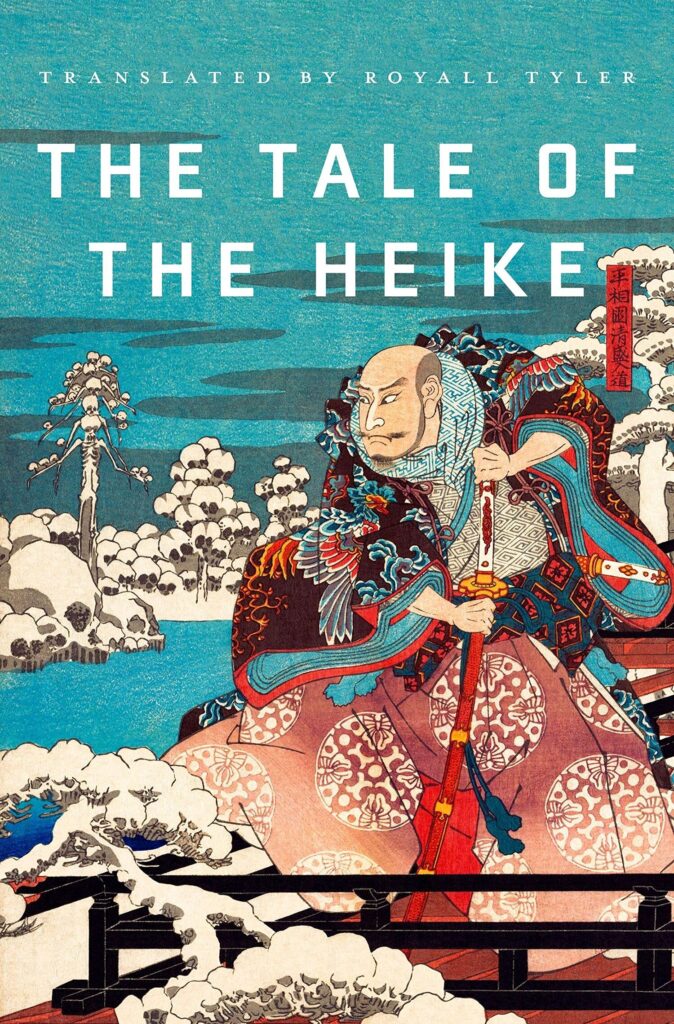By: AJ Witte
In the world of “Yotsuya Kaidan,” where social standing and family background play a crucial role in determining one’s position in society, “A woman’s socioeconomic position, turn, was determined by her family’s social standing” (Yonemoto 3). Marcia Yonemoto in her book The Problem of Women in Early Modern Japan writes about how much of how a woman was treated was very dependent on where her family sat in the grander hierarchy of society around them. O-Iwa’s character embodies the struggles and challenges faced by women within the confines of the Tokugawa-era Ie family system. Her lack of privilege and her lower socioeconomic status, coupled with her husband Iemon’s position as a Ronin, make her particularly vulnerable within the social hierarchy.
The play, through its focus on O-Iwa’s plight and her subsequent transformation into a vengeful spirit or, onryo, a woman was wronged in her life and eventually comes back as a vengeful spirit (Scherer 77). O -Iwa’s eventual transformation calls into question the treatment of women in Tokugawa Japan. It shines a light on the limited agency and the oppressive nature of societal expectations that placed women in subservient roles, bound by the decisions and actions of their male counterparts. Specific to Yotsuya Kaidan is the idea that marriage is a rather transactional action which can be used to advance one’s own society position. Iemon, through his want to rise the societal ranks by marrying O-Ume, is essentially casting aside his previous wife of O-Iwa for the promise of gaining a master and, what he believes to be, a prettier woman. (Scherer 75).
By presenting O-Iwa as the main character and the driving force behind the narrative, “Yotsuya Kaidan” challenges the traditional gender norms and provides a platform for exploring the experiences and perspectives of women. O-Iwa’s transformation into a powerful and vengeful ghost not only gives her agency but also serves as a symbol of resistance against the patriarchal injustices imposed upon her. She is able to step outside of not only her role as a women in the ie system, but rather, becomes a force or stand in for the female struggle found in Tokugawa Japan, “The example of O-Iwa elucidates the ambivalence that was inherent of female ghosts of the Edo period. She is a female character who after her death, has a strong presence, stands up for herself and relentlessly pursues her revenge,” (Scherer 78).
Furthermore, the casting choice of having actors who typically played male roles take on the role of O-Iwa signifies a deliberate departure from the norm. (Scherer 78). It serves as a visual cue to the audience, emphasizing that O-Iwa is not simply a side story or a supporting character but the central figure whose story demands attention and respect. This decision not only amplifies O-Iwa’s presence but also challenges the conventional portrayal of women on stage and highlights the importance of her character within the narrative, it strikes me as especially interesting as they are subtly implying that the character of O-Iwa is equally as important as traditionally male role, as we know, female actors were something of a taboo.
Through the character of O-Iwa, “Yotsuya Kaidan” invites its audience to contemplate the role of women in Tokugawa society and raises questions about the inherent injustice and limitations imposed upon them. It serves as a poignant critique of the societal structures that marginalized and oppressed women based on their family background and social standing, “We also see, however, that although family interests could and did severely restrict women, under certain circumstances, as the case of Kiyo illustrates, it could also justify the transgression of customs and laws that favored men, such as marital residence, primogeniture, and head of household succession,” (Yonemoto 6). This is where we see Iemon’s true devious nature throughout the play, as he understands these concepts. For example, through his wish to marry into a far higher social status, he therefore leaves his wife in the dust, or quite literally, he wished to frame her for adultery.
Yotsuya Kaidan offers a glimpse into the struggles faced by women in a rigidly structured society and prompts reflection on the need for societal change and the empowerment of marginalized voices. In this way, Yotsuya Kaidan transcends its status as a mere ghost story and becomes a powerful commentary on gender, social hierarchy, and the consequences of societal expectations.
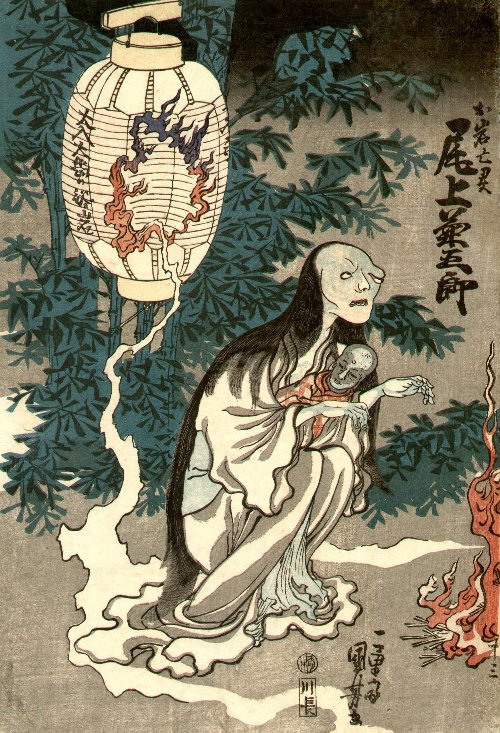
References:
Yonemoto, M. (2016). The Problem of Women in Early Modern Japan (1st ed.). University of California Press. http://www.jstor.org/stable/10.1525/j.ctt1f5g4zz
Scherer, E. (2014). Haunting gaps: gender, modernity, film and the ghosts of Yotsuya Kaidan. Journal of Modern Literature in Chinese, 12(1), 73-88.
